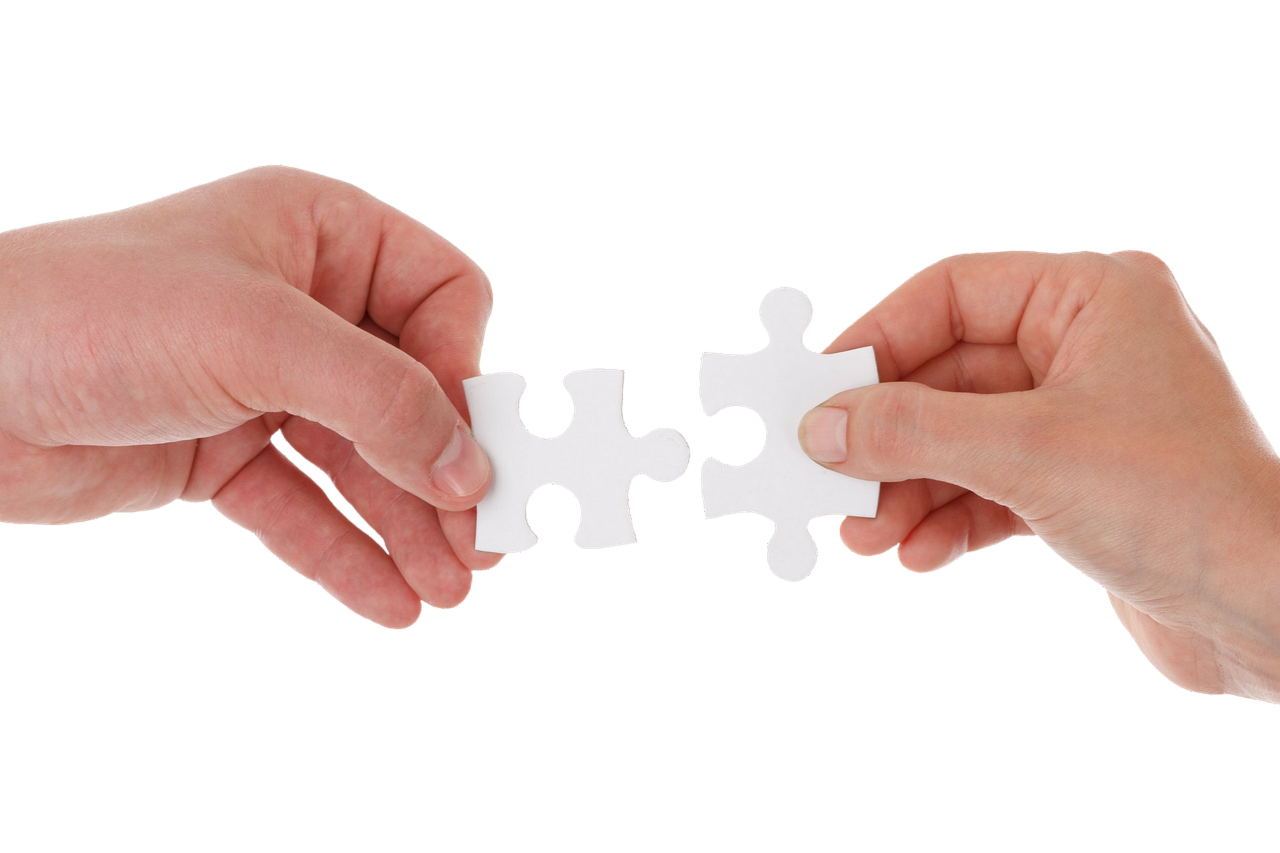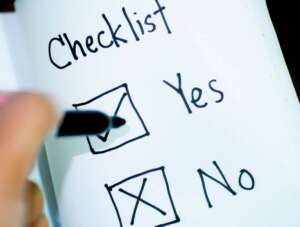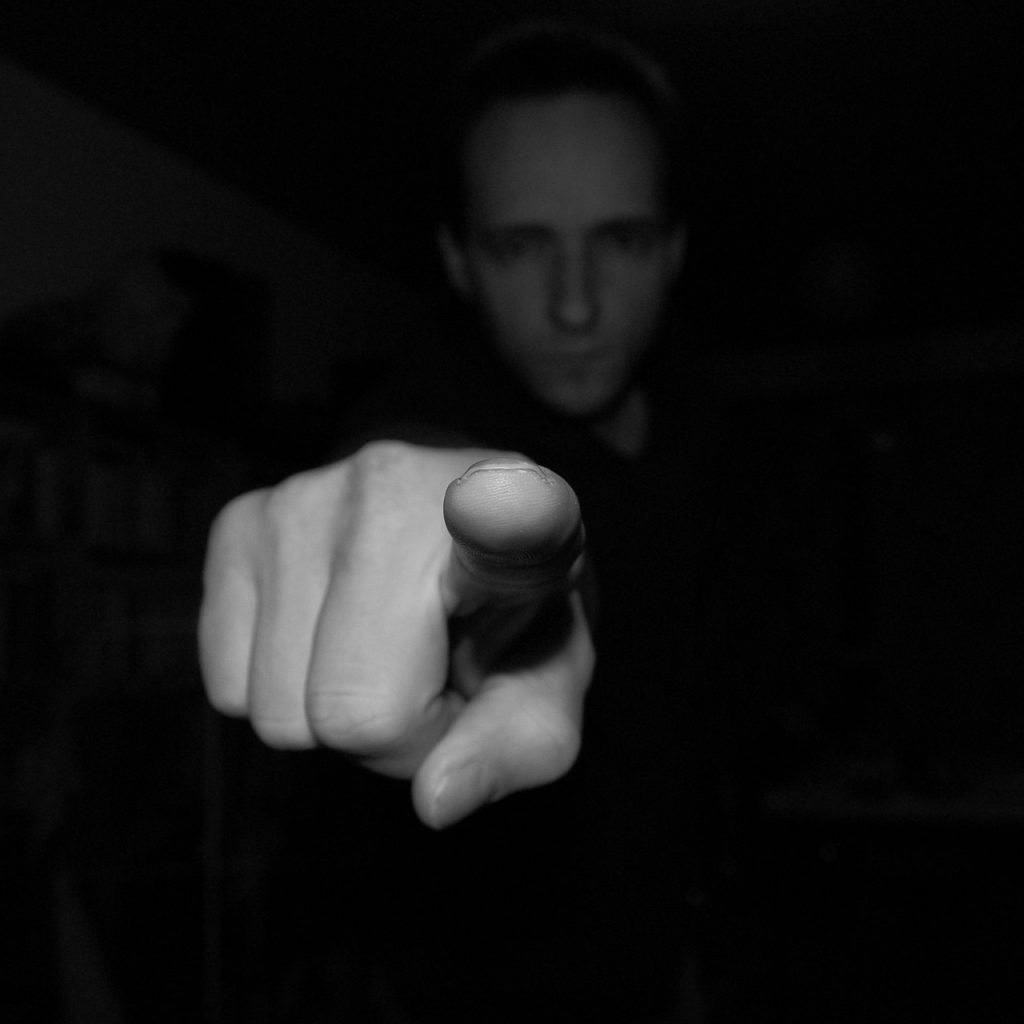Contents
- 1 A Systemic / Psychodynamic Framework for LGBT/QIA+ Couples
- 2 Aims of the Counsellor’s Theoretical Framework
- 3 An Example of Systemic Thinking
- 4 Circular Questioning (Systemic Theoretical Framework)
- 5 The Secret Task that Improves LGBT Relationships… FAST!
- 6 How does the Counsellor not Blame the Partner whose Fault this is?
- 7 My Approach for LGBT/QIA+ Couples
⚠️ This is a blog post on the systemic theoretical framework (holistic systems thinking, circular causality (circular questioning), context, strengths and support, etc.) and the psychodynamic theoretical framework (unconscious processes, defences, childhood experiences) when integrated to apply to therapy with a couple’s relationship.
A Systemic / Psychodynamic Framework for LGBT/QIA+ Couples
How does a Couple Counsellor Think when he’s meeting with a LGBT/QIA+ Couple or Group for therapy?
Counsellors must employ a framework whilst we work. We cannot simply listen to stories and only reply with: “hmmm”. We call what we are thinking a theoretical (or therapeutic) framework and it’s like a massive database of knowledge for human relationships – and the stuff that can go wrong in them. Couple counsellors, such as Dean Richardson, employ a systemic (family systems) / psychodynamic theoretical framework.
So, you may be curious as to what’s going on inside a couple counsellor’s head when he’s working with your distinct relationship (and, perhaps, what is a systemic/psychodynamic framework).
To assist an LGBT/QIA+ Couple or Group, the counsellor must try and make sense of the stories the client-relationship is telling us.
Couple Counsellors are not there to give advice nor prescribe solutions (as if anyone’s personal experiences or fund of knowledge could provide verbal a “do this and you’ll be cured” prescription!). We’re there to help the couple learn about their relationship in ways they hadn’t noticed before. And nothing more.
At the same time, we’re not there to simply listen and sympathetically utter “hmm” sounds. That would be paying a lot of money in return for very little.
No, what is happening in our heads is that we’re using years of training, knowledge and experience to make sense of the client’s story around our theoretical framework; we’re attempting to bring comprehension first to ourselves and then to the client (using layman’s terms).
Curiosity can lead to comprehension. At a place of comprehension the couple can take this invitation to make (prepare, experiment with…) relationship transformations; changes which may also be discussed within counselling sessions. Paradoxically, the unhappy system the couple is engaged in may also be more familiar (and, hence, less scary) than the transformation the couple may wish for. Making changes to a relationship is not easy – but that’s what counselling sessions provide a safe space for: discussion.
And I say “invitation” on purpose, because a counsellor can’t tell you what to do or make you do it. Your autonomy is paramount.
Let me share some of the stuff that goes on in my head during a relationship counselling session.
Aims of the Counsellor’s Theoretical Framework
…and he replies: “hmm”.
You might think:“that’s it?!!?” You might be curious towards why it’s costing you lots of money to pay the counsellor, and all appeared to do was to say “hmm”.
Is the couple counsellor actually working? Is there anything going on inside of his head? What does the couple counsellor consider that prepares him to say something so simple or so profound that the couple is taken aback (because the couple observed behaviour that they were not observing for themselves)?
Unlike some other therapeutic approaches, this is not a one-size-fits-all approach (what some call: manualised). This is a facilitated approach an experienced counsellor who is thinking in a systemic/psychodynamic framework integrated with knowledge of human development. It’s kinda science-ey when you think about it 🤔👍🏻
“Hmm” regularly means that the counsellor is working hard in his head. He’s making sense of what the couple/group have told him according to his theoretical framework (and other matters). He’s working on a number of jigsaw pieces in his head, preparing to put things in terms that the couple or group might understand, make use of, and prepare to make their own changes.
This “stuff” we call a Theoretical Framework. There are lots of them. A Counsellor must choose the ones (a) he’s skilled at working with and (b) out of those skills, which ones might be most useful to the client in front of him.
Let’s start with a simple framework based upon the Milan Associates‘ discoveries around families and their behaviour.
Taking Things One Step at a Time
An overview of how LGBT relationship counselling works, starts with encouraging curiosity…
- Curiosity (initiated through Counselling)… leading to → New Information.
- New Information… leading towards → New Options.
- New Options… leading towards → Negotiating / Making New Choices.
- New Choices… leading towards → Transforming the Relationship (through informed empowerment).
- Transformation Underway… the partners are developing affective behaviours that address relationship conflicts (and may choose to leave counselling).
Curiosity allows us to discover new knowledge. New information provides us (and our partners) with new possibilities, which leads to us making some new (or newer) relationship decisions. When new decisions are made, the behaviour of the partnership can begin to change. When the partners' relationship is much more under their own management (again), they will recognise it's time to leave counselling.
An Example of Systemic Thinking
As you read this section, keep in mind that my core theoretical models for relationship counselling are: systemic/family and psychodynamic.
The couple tell me a story. I’m listening to one partner speak. I’m also paying attention to my feelings and thoughts and putting them on a shelf in my head so I don’t have to come to a decision right away. Alternatively, if I hear something strikingly serious, I’ll note that in my head too.
As I listen I’m watching my neutral position, noticing if it shifts towards one partner or the other. I choose to move back to a neutral position because this is the position from which I can relate to the relationship/client in front of me. I’ll remain neutral even in situations where one partner tries to convince me that the other partner is the cause of all the faults.
I’m waiting for the partner to speak so that I might hear the story from a different perspective. As I do I’ll notice within me confirmation and opposition (versions of a single story are rarely the same because they’re told from different perspectives).
I’m pondering how the two versions of the story relate to each other, because the relationship is my client (not one partner, or the other, nor both together: it’s their relationship).
I’m looking at the story bearing in mind the client-relationship system (when partner 1 does “A” partner 2’s response is “B”… which leads to partner 1 doing action “C” and so on). Do I notice any patterns in the behaviour? Have I heard versions of the behaviour process before? Might the relationship be used to support a crisis or neurosis?
But there’s another version of the story I haven’t mentioned yet: the story lived versus the story told.
The couple, one or both partners, may have a version of the story they tell themselves, and a version that they actually act out in reality. So now the versions of the relationship “story” is growing.
When I have something new in my head to share with the couple, I’ll offer it to the client-relationship for the partners to consider (or reject). If I have nothing new, I may tell the partners their own story back to them (as they may not have felt heard in their relationship before). I may ask them to notice the holes in the story that I don’t yet have information about… or to hypothesise what might be going on in the system (with new knowledge comes new understanding and new options).
Unfortunately, some relationships decline help. One partner may be stuck in their belief system (“they’re the problem, not me” – when, from a systemic point of view, both partners play a part in being ‘the problem’). Such a stuck partner will not ~ probably for good, personal reasons ~ make any attempt to consider a shift in their thinking, or to entertain an invitation to build a pathway that helps the relationship walk forward out of conflict.
But there’s more in my thinking process… lots more…!
Circular Questioning (Systemic Theoretical Framework)
I discussed earlier about the systemic counsellor thinking of the couple as one client (aka the couple’s relationship) rather than attending to two individuals. When combined into a relationship, the two individuals began (unaware) to construct a system: Partner A does “this”, causing Partner B to respond with “that”.
When we recognise the systems within the couple’s relationship, how do we ask a questions of that system? Of that relationship?
Standard open/closed questions (How, Who, What, When, Why etc) – also known as linear questions – can be ineffective in couple counselling. Linear questions seek specific facts, information, and content about a situation. Each individual would more likely answer a linear question from their own perspective (“How do you feel?”). Asking “how do you think he feels?” elicits an individual’s imagination or “I don’t know.”
To ask questions of the couple’s relationship, a Systemic Counsellor can apply a more effective style of questioning: Circular Questioning. Circular questioning encourages reflection and exploration of how a problem affects the other in the couple relationship.
Questioning Relationship Connections
Systemic counsellors work on the assumption that every member of the family is interconnected with everyone else in their relationship system. When Partner A does something and Partner B reacts, Partner A may react to B’s reaction… and so on. We call this a Circular Effect.
The original developers of the systemic mode of Family (or relationship) Therapy (The Milan Associates) observed that for there to be relationships between people, there had to be differences between the partners. Differences inform both the couple and the couple counsellor about the couple’s relationship along with its connections and distinctions.

Circular Questioning allows us to learn about the relationship’s differences and how the couple’s relationship system works as a whole (rather than querying the individual parts). We invite the couple to discover their own response cycles and support them in figuring out together how they might like to alter their response triggers.
Circular Question Example
I’ll compare an open question with a circular question, then go on to describe other styles of circular questions.
An Linear/Open Question.
“How do you become angry?”
Here we’re asking an individual an open question (“how…”) about experiences that may lead to anger.
This question supports querying an individual, but not the relationship between the individual and another/others.
A Circular/Systemic Question.
“When {Andrew} is angry, how does {John} respond?”
Here were’ asking the relationship a circular question (“when {event}… how does the partner…”) about the cyclic behaviour between the partners.
This question supports querying a connection between partners, and invites both of them to participate.
For a more detailed example of working with (systemic) circularity, see my blog post: “One Useful Task for Changing the Path of a Relationship in Conflict“.
The Secret Task that Improves LGBT Relationships… FAST!
Can we improve our relationship by regarding it as a system with flaws we can learn to repair?
As stated earlier, we want the couple to learn about the relationship between them, and how behaviours invite actions (which later may be altered according to the couple’s desire).
The Circular Question can achieve this more effectively than the Open Question.
Four Categories of Circular Questions
- Circular Questions Across Time:Questions that query the differences between events happening in the present, past, or future. Compare tenses when appropriate.Example: “How is the problem now? How might this problem change in the future? How will this be different from now?“
- Circular Questions on Aspects of a Person:Questions that focus upon aspects of a person (so, maybe, the person’s relationship with themselves) or aspects that a partner reacts to.Example: “When you are angry and in an argument with John, which part of you is more likely to be dominant: your rational side, or your emotional side?“
- Circular Questions Between People:Questions that focuses upon behaviour between the couple (“Who does what… and when?”). Example: “Between the two of you, who most believes that John is mostly responsible for the anger that leads to the arguments“.
- Circular Questions Between Situations:Questions that focus on situations between the couple (Events, places etc). Example: “{Speaking to the couple} Would you say you’re happier outside of the home together, or inside of the home?”
How does the Counsellor not Blame the Partner whose Fault this is?
An interesting question put to me by a non-couples counsellor (i.e. someone whose training focuses on individual clients) was asking about “how do couple counsellors stop yourselves from blaming the partner who’s at fault?”
Here’s the misunderstanding: when the couple counsellor is thinking systemically, the counsellor is not observing one partner’s behaviour in isolation. There is no “one person who is the fault”.
There are two partners in a couple relationship and – on a long enough timeline – both will have contributed to every event that has, is, and will occur to them.
Blaming one partner for an event nullifies the contribution that the other partner made before a “fault”, and made in response to, or after, the “fault”.
Consequently, as a couples counsellor, I don’t find myself thinking “blame”; I find myself think “precedences, events, responses”.
This approach can be very helpful to a couple experiencing difficult behaviour that might include domestic abuse (where the layman might want to blame the abuser alone); whereas with this approach to thinking (and assuming both partners wish the abuse to stop) we can bring the skills of both partners into addressing and resolving the behaviour.
My Approach for LGBT/QIA+ Couples
I’m about to share with you an outline of my work as a Couple Counsellor. When I write “couple” I am also referring to “partners within any intimate partnership”. This can include intimate (polyamorous) couples as well as groups in an established relationship and family members.
So, let’s talk a little of the science-ey bits of how the counsellor makes use of integrated, theoretical frameworks (based, at it’s core, upon Systemic / Family therapy, Psychodynamic Understanding of the Mind, Integrated with Human Development) to help relationships in counselling.
- Dean's primary client is the couple's relationship (not the two individuals in the relationship). Inexperienced counsellors - or those untrained in relationship work - miss this important aspect when trying to work with a couple.
- Dean's primary aim is to become redundant: the couple can end their counselling work without thinking that they've become dependant on a counsellor; nor feeling they will have to come back for 'top up' sessions in the future.
- The couple stay only for as long as it's helping: meaning they might come to counselling for just a handful of sessions, or may choose to stay longer, until the couple can work on their relationship's needs on their own (again). Dean does not set a compulsory minimum (or maximum) period.
- The couple work with just the one therapist: and Dean practices "neutrality" which means both members of the couple will be understood by a single therapist (no risk of multiple interpretations by multiple therapists in the room). Plus? the common factors that are underlying the couple's relationship problems can be understood and communicated back to them by a single couple counsellor as a single, consistent, understandable whole.
- Dean does not solve the couple's current relationship problems. Dean is not a "Relationship Expert", doesn't promote his services as being so, and doesn't claim to have solutions and answers for the couple. Instead, Dean focuses on assisting the couple to learn and understand their own problems so that they can address and resolve matters using their own solutions.
- The couple develop their own unique approach that can be helpful for years to come. Looking at the relationship's problems as if they are a symptom of a system that has become faulty (say, like a washing machine that works until it comes time to rinse). Understanding? and then amending? the relationship's behavioural-system can help the couple understand what's at the centre of their problems. With understanding, the couple can learn to manage & resolve not only current problems? but future ones too? for themselves.
- Dean involves & immerses the couple in the counselling, rather than operating as a pseudo-advice-giving consultant with-all-the-answers.
- Dean's couple counselling approach integrates effective systemic and psychodynamic approaches. Rather than using whatever is the latest fad in therapy, Dean successfully applies methods that have been tried and tested for a long time (30+ years: systemic, 100+ years: psychodynamic). This helps the couple (through curiosity, hypothesising & modelling) learn what's happening in their relationship and then helps them develop their own 'fault' resolving strategies.
- Unlike some couple therapists who respond to questions with 'answers' (whether such generic answers can actually apply to the couple's specific relationship), Dean empowers the couple into being able to answer their own questions by understanding & resolving their own relationship-conflicts. This helps the couple become independent of the counsellor.
- Boundaries are important: the session is contained within 50 (or 90, optional) minutes, weekly, in a safe room, with the same counsellor. For example, the couple always knows that they can open up (difficult) topics but not fear getting swept up into long arguments? because the session's end time is set.
- Future "top-up" sessions become unnecessary: the couple ends counselling when they don't need the counsellor any longer. Dean doesn't "fix" the relationship for the couple, he assists the couple in learning how to fix their own relationship problems together. Added bonus: the couple uses the same techniques to manage future difficulties. Once the couple feel that they are more capable at addressing their relationship problems together, they can begin to bring couple counselling to a close without having to come back for "top-up" sessions (as if they'd somehow run out!).

















0 Comments
Trackbacks/Pingbacks